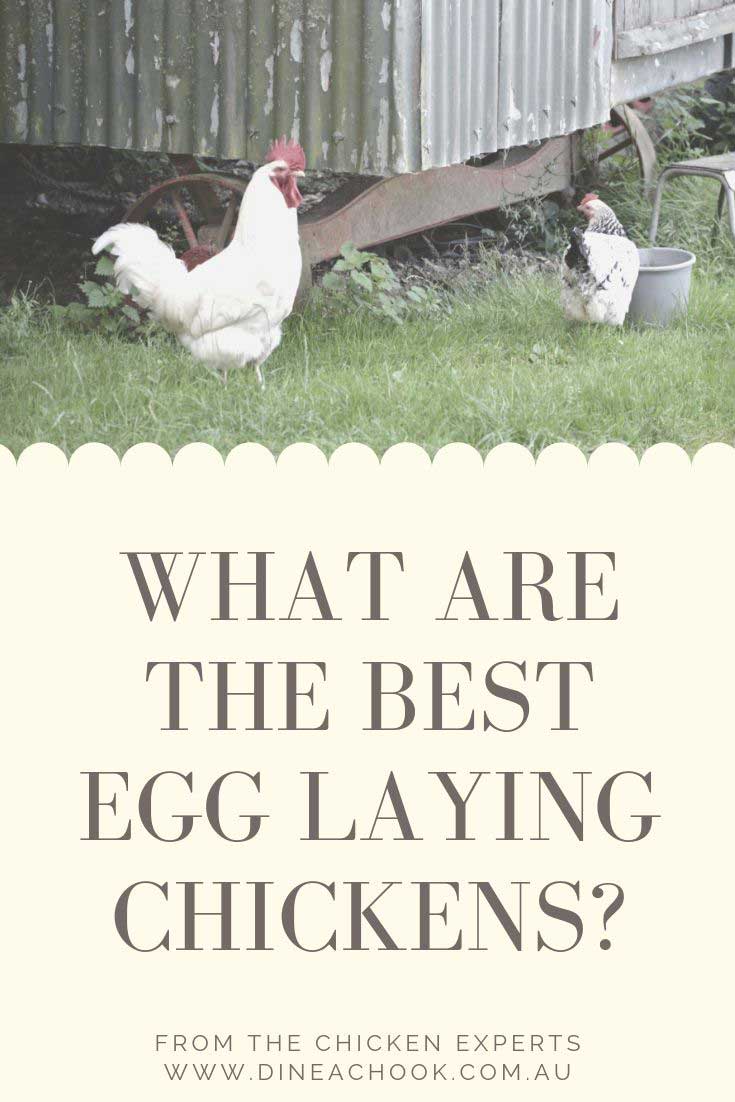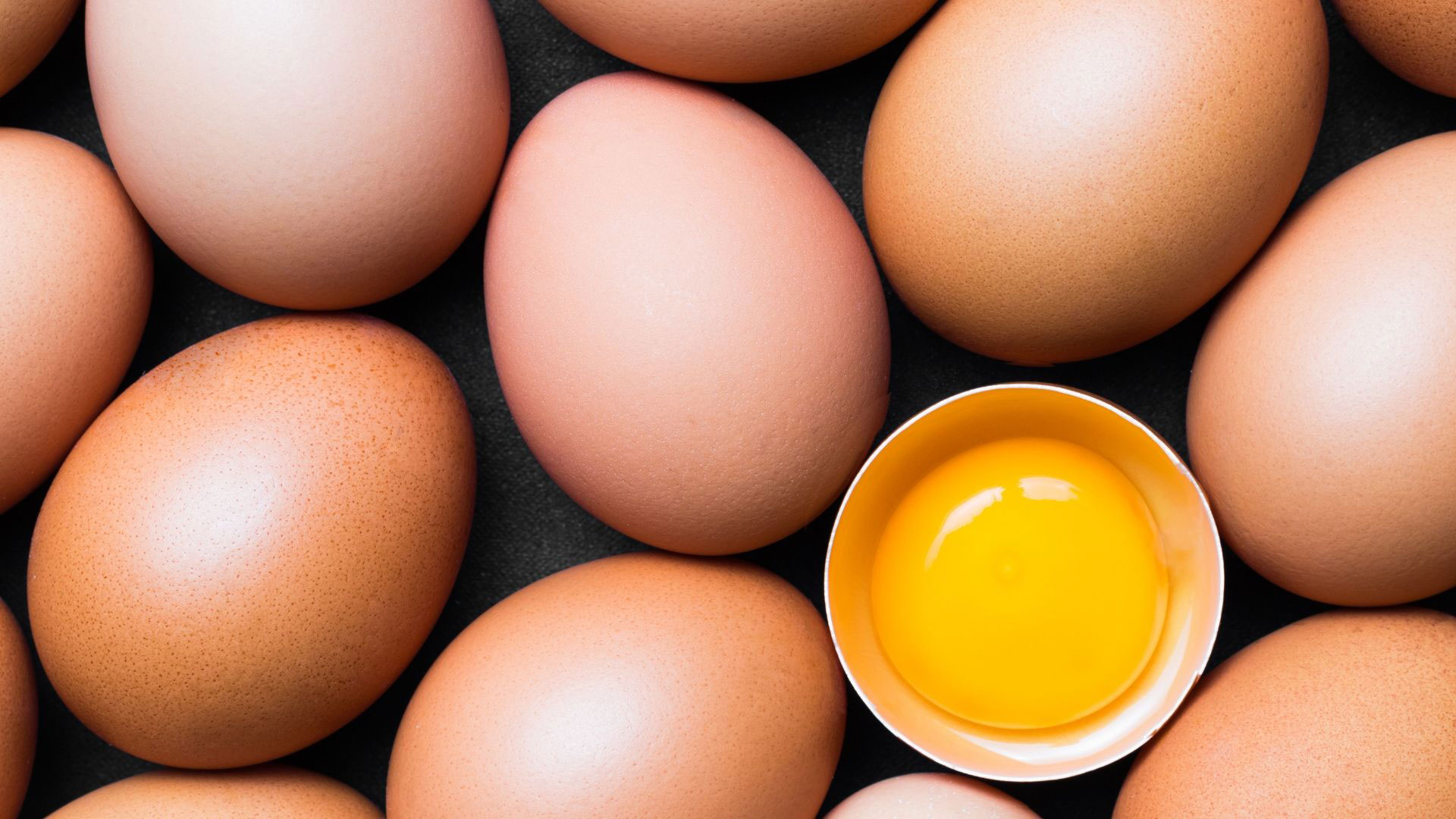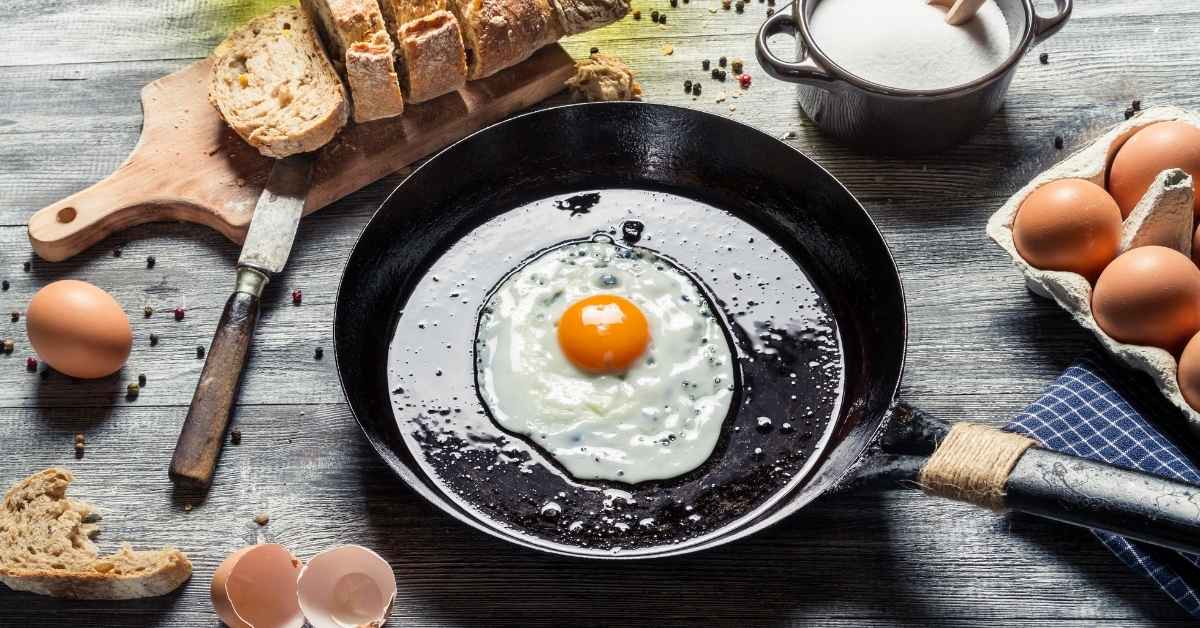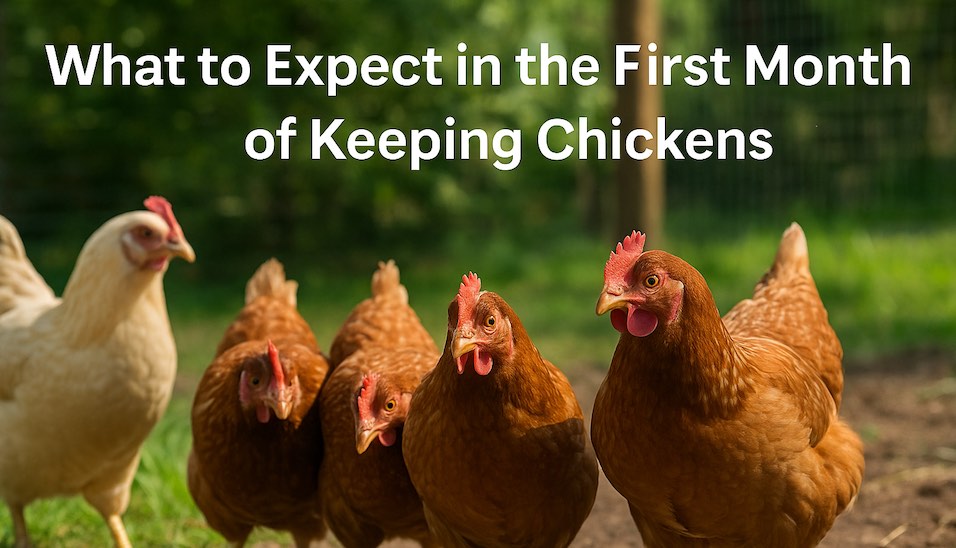What Are the Best Egg-Laying Chickens?
What Are the Best Egg-Laying Chickens?
If you’re raising chickens in Australia, you’ll want breeds that can handle our climate and give you plenty of fresh eggs.
Some chickens, like the Isa Brown, can lay up to 350 eggs a year, making them the top choice for many Aussie backyard keepers. Others, like Rhode Island Reds and Australorps, are also fantastic layers and easy to care for, especially if you’re just starting out. And if you’re after a splash of colour, breeds like Araucanas or Cream Legbars can lay blue or green eggs to brighten up your egg basket.
To get the best results, stick with breeds known for laying lots of eggs. Feed them good-quality layer pellets with plenty of protein and let them enjoy lots of daylight, at least 12–14 hours a day.
If you’re not sure where to start, Isa Browns are perfect egg layers for beginners. They lay almost every day and don’t need much fuss. Add a couple of heritage breeds for variety, and you’ll have a flock that’s both fun to keep and packed with personality.
Make it easy to care for your hens with our reliable feeders and drinkers and our Australian-made chicken nesting boxes. Shop now to keep your chickens healthy and laying.
Key Takeaways About Best Egg Laying Chickens
- Isa Brown chickens are the best for egg-laying in Australia, giving up to 350 eggs a year.
- Also Rhode Island Reds and Australorps are beginner-friendly and great for Aussie backyards.
- Araucanas and Cream Legbars are ideal if you want colourful eggs like blue or green.
- Hens need layer pellets with plenty of protein and at least 12 hours of daylight to lay well.
- Start with Isa Browns for easy care and big egg numbers, or mix in heritage breeds for variety.
- Use high-quality feeders and drinkers to make sure your chooks stay happy and productive.
When Will Hens Start to Lay Eggs?
Most breeds begin laying eggs between five or six months old.
You should expect the first few eggs from a new laying hen to be a little unusual. They may be small as well as strange in shape.
Some may also have a double yolk.
All of these are just fine to eat. It can take a little time for a young hen's body to adjust to that of a mature egg-layer. It won't be long before they get the routine down.
How Many Eggs Can You Expect?
This depends on a large number of factors. Good egg-laying chickens will produce an average of one egg every 24 to 48 hours. Of course, this is based on an adequate diet as well as enough daylight.
The breed of chicken has a much larger impact on the number of eggs you receive than you may anticipate.
If you walk into this blindly, you may just end up with egg on your face instead of on your plate. Some breeds, like Japanese Bantams, may never lay eggs.
On the other hand, some breeds, such as hybrids, often lay an egg almost every day. This amounts to nearly 300 or more eggs a year just from one chicken. If you have just four Isa Brown hybrid hens, you can yield close to 1000 eggs in a year!
That's a lot of omelettes!
Here's a look at some of the best egg-laying chickens:
Isa Brown Chickens
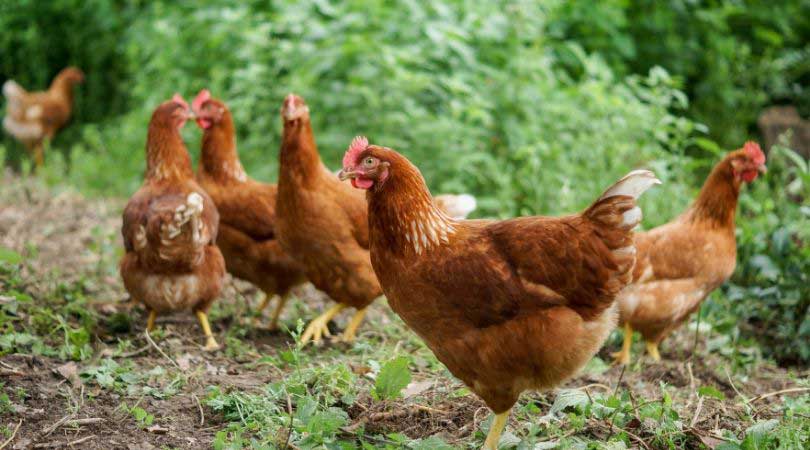
Hybrid chickens often tend to be the greatest egg-producers.
Isa Browns are a hybrid breed that really is in a league of their own. They are certainly up there with the best egg-laying chickens. These hens can be expected to lay up to 300–350 eggs per year. That's almost one each day of the year. Many Isa Browns even start laying earlier than most other breeds. A good Isa Brown hen may start laying as soon as 16 weeks. That's a full month to two months earlier than most breeds.
Not only are these hybrid hens incredible egg-layers, they are also easy-going. As well as that, they are a low-maintenance chicken which easily adapts to most climates.
Isa Brown hens weigh approximately 2kg. That is quite robust for a chicken. It is likely that their hefty size accounts for their large egg production.
There is little doubt that a few Isa Brown chickens will keep you well supplied in fresh eggs all year long.
Rhode Island Red Hen
If you are in search of the best egg-laying chickens for your backyard, some breeds will practically take care of themselves, and while they do, they also provide an abundance of eggs.
Rhode Island Reds may be exactly what you need. These chickens are friendly as well as tough. A Rhode Island Red hen will provide you with about 250–300 eggs a year. On average, these hens lay four to five brown, medium to large eggs per week.
Contrary to what their name may lead you to believe, these chickens have dark brown and black feathers. This gives them a darker, almost deep reddish-brown appearance for which they are highly valued.
They are well-known to be hardy, tough chickens that can withstand the Australian weather. Rhode Island Reds are often the choice of many first-time chicken buyers since they are easy to raise and produce a large number of eggs. These backyard chickens are famously easy-going and tough, making them an ideal pick for anyone in search of a no-fuss breed of laying hens.
Australorp Hens
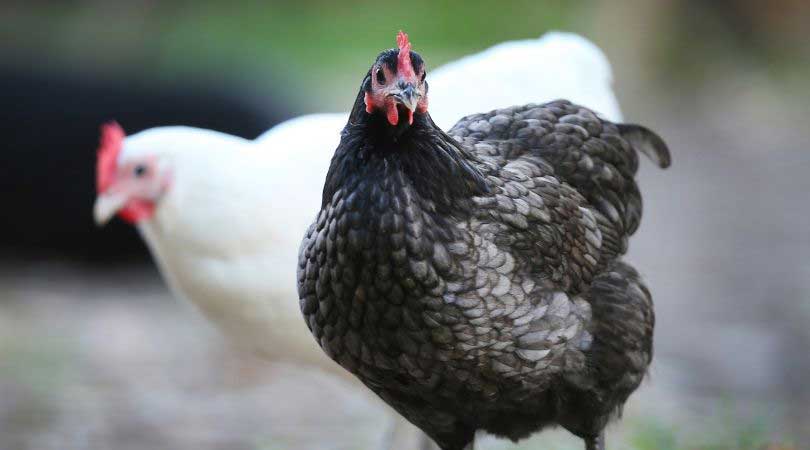
Australorps are an Australian-bred chicken adapted from the British Black Orpington. On average, these practical and productive chickens lay 250–300 eggs per year. Their eggs are of a light brown colour and medium in size.
Australorps are free-range chickens that like to have plenty of room to roam. They are beautifully docile and laid-back creatures that adapt easily to their surroundings. Highly prized for their beautiful appearance, these chickens will provide you with an abundance of eggs throughout the year, provided they are given enough room to range.
To learn more about keeping heritage breeds like Australorps, check out The Complete Guide to Heritage Chicken Breeds.
Leghorn Hens
Leghorn chickens have remained a popular backyard chicken since the 1800s. These unique chickens lay 280 or more eggs per year. On average, a Leghorn hen will lay four pristine white, medium to large eggs a week.
While many associate Leghorns with the traditional white plumage and a large red comb, many varieties of Leghorns are available with an assortment of colourful plumage. These exquisite laying hens make for great backyard chickens to keep you supplied with fresh eggs throughout the year.
However, keep in mind they are extremely shy and skittish. If you are looking to make friends with your laying hens, you may be in for a challenge. On the other hand, if you are looking for egg-layers that will simply keep you supplied with fresh eggs while keeping their distance, the Leghorn may be exactly what you are looking for.
Sussex Hens
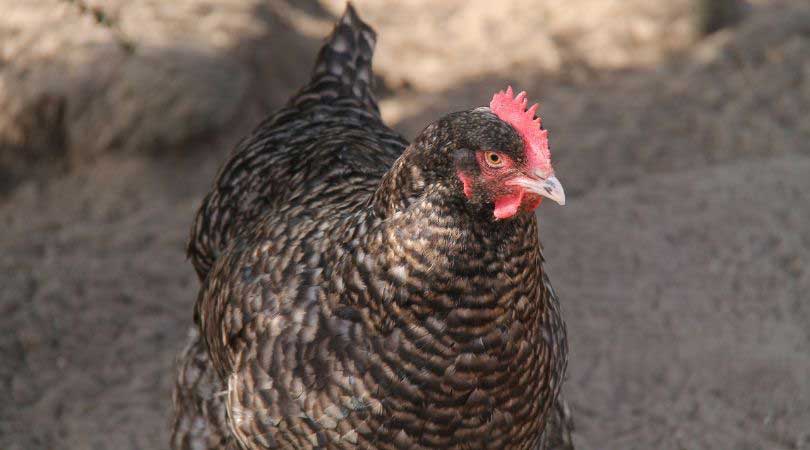
The Sussex is a British breed of chicken that produces approximately 250 or more eggs each year. This famous British breed almost entered the realms of extinction in the early part of the 20th century. They might not be around today if it were not for one prolific farmer who had been breeding these chickens for more than a decade.
These friendly and curious laying hens have a variety of plumage, such as white, buff, and the popular speckled variety. Their medium to large eggs vary from a creamy white colour to a light brown, and they are hardy chickens that will lay regularly for most of the year.
Sussex are very calm, friendly, curious birds that will eat from your hand. If you are looking to make pets out of your backyard chickens, the Sussex is an excellent choice.
White, Brown, Green, or Blue Eggs?
While fresh eggs from backyard chickens are delicious no matter what colour they are, some people claim there is a taste difference depending on the colour of the egg.
If you don't like white or brown, how about blue? Some chicken breeds, such as the Araucana and Cream Legbar, lay blue eggs. While many aren't concerned about the colour as long as it is a good egg, some people do have a preference.
While Araucanas primarily only lay blue eggs, many times they appear more green in colour depending on how much sunlight they get, as well as their diet. You can expect these unique chickens to lay around 250 eggs a year.
Like the Araucana, the Cream Legbar is also known for its beautiful blue eggs. The Cream Legbar is a very active chicken breed and a good forager. This makes it popular as a free-range chicken that doesn't require much attention. This chicken is known to lay approximately 200 eggs per year.
In Australia, the Legbar is a little less common than some of the other suggestions. Avgen Poultry would be the best company to contact for further information on this and other unique imported breeds.
Best Egg-Laying Chickens for Brown Eggs
If it's brown eggs you're after, these chickens are some of the better-known brown egg-layers:
- Rhode Island Red
- Delaware
- Buff Orpington
- Red Star or Red Sex Link
- Australorp
- Sussex
- Plymouth Rock
- New Hampshire Red
- Black Star or Black Sex Link
- Wyandotte
Best Egg-Laying Chickens for White Eggs
If nothing but white will do, these backyard hens are all known to produce white eggs:
- Leghorn
- Ancona
- Egyptian Fayoumis
- Andalusian
- White Siciliana
- Minorca
- Lakenvelder
- Hamburg
- Crevecours
How to Keep Egg Production High
Once you select the type of hens that are right for your backyard chicken endeavours, you will need to educate yourself as to the best way to keep those hens laying.
Just because you've purchased a breed that is known to be a prolific egg-layer doesn't mean they will automatically lay eggs and keep laying them.
A number of factors contribute to an egg-layer's egg-laying capabilities. Diet and access to daylight are the two most important factors that determine how many eggs and how often your backyard hens will produce those delicious eggs.
The age of your chickens also has a lot to do with it. Also make sure you have enough nesting boxes for hens to lay in.
Age
Face it, we all slow down a little the older we get. This holds true for chickens as well.
Have you heard the phrase, “She's no spring chicken anymore?” The sad truth is, once a hen reaches a certain age, her egg production decreases dramatically. The first three years of egg-laying are generally the most productive. After the third year, you can expect a dramatic decrease in the number of eggs your ageing hens give you.
For tips on keeping older hens laying, check out 7 Ways to Increase Egg Production in Older Hens.
Diet
Chickens require at least 20 grams of protein on a daily basis to keep laying eggs.
If their diet doesn't provide your chickens with this much protein, they won't lay as many eggs. One way to ensure your hens are receiving the proper amount of protein is to feed them micro pellets or layer crumble. These pellets contain all the key minerals and nutrients a hen requires to keep laying eggs.
If you prefer not to feed them pellets, and you are unsure they receive enough protein from their foraging habits, here are a few treats chickens love that will up the protein in their diet:
- Spirulina
- Chia
- Hemp seeds
- Lentils
- Mealworms
- Watermelon
- Pumpkin seeds
- Black soldier fly larvae
- Scrambled eggs
- Amaranth
- Moringa
Chickens love all of these treats, and each of these can help ensure your chickens are receiving the proper amount of protein in their diets.
However, be careful not to feed them too many treats. The temptation to spoil your egg-layers could have adverse effects and cause them not to lay as much. Find a happy medium, and your backyard hens should keep you supplied with a healthy amount of eggs throughout the year.
Daylight
Hens require about 12 to 14 hours of daylight every day to stay on schedule. For this reason, you may receive fewer eggs during the autumn and winter seasons when daylight hours decrease. In fact, your hens' egg production may completely stop for a couple of months.
Let them out of the henhouse right before daybreak to get enough sunlight. Daylight triggers a receptor near a chicken's eye that stimulates ovulation.
To keep hens producing during the shorter daylight months, some breeders add artificial light inside the chicken coop. However, some chicken farmers are against this method of artificially extending daylight hours. They feel the chickens need those couple of months of downtime so their bodies can recover and they can again begin producing a prolific amount of eggs in the spring.
Forcing your chickens to lay artificially may affect the health of your hens.
Get Started with the Best Egg-Laying Chickens
Choosing the right hens for your backyard can make all the difference in egg production. Whether you go for the reliable Isa Brown, hardy Rhode Island Red, or colourful Araucana, there’s a perfect breed for every Aussie keeper.
Overall, some chicken breeds are simply better layers than others. If it's fresh eggs you are after, make sure your backyard chicken breed is a prolific layer, receives a large amount of daylight, and gets enough protein.
Happy egg hunting!
